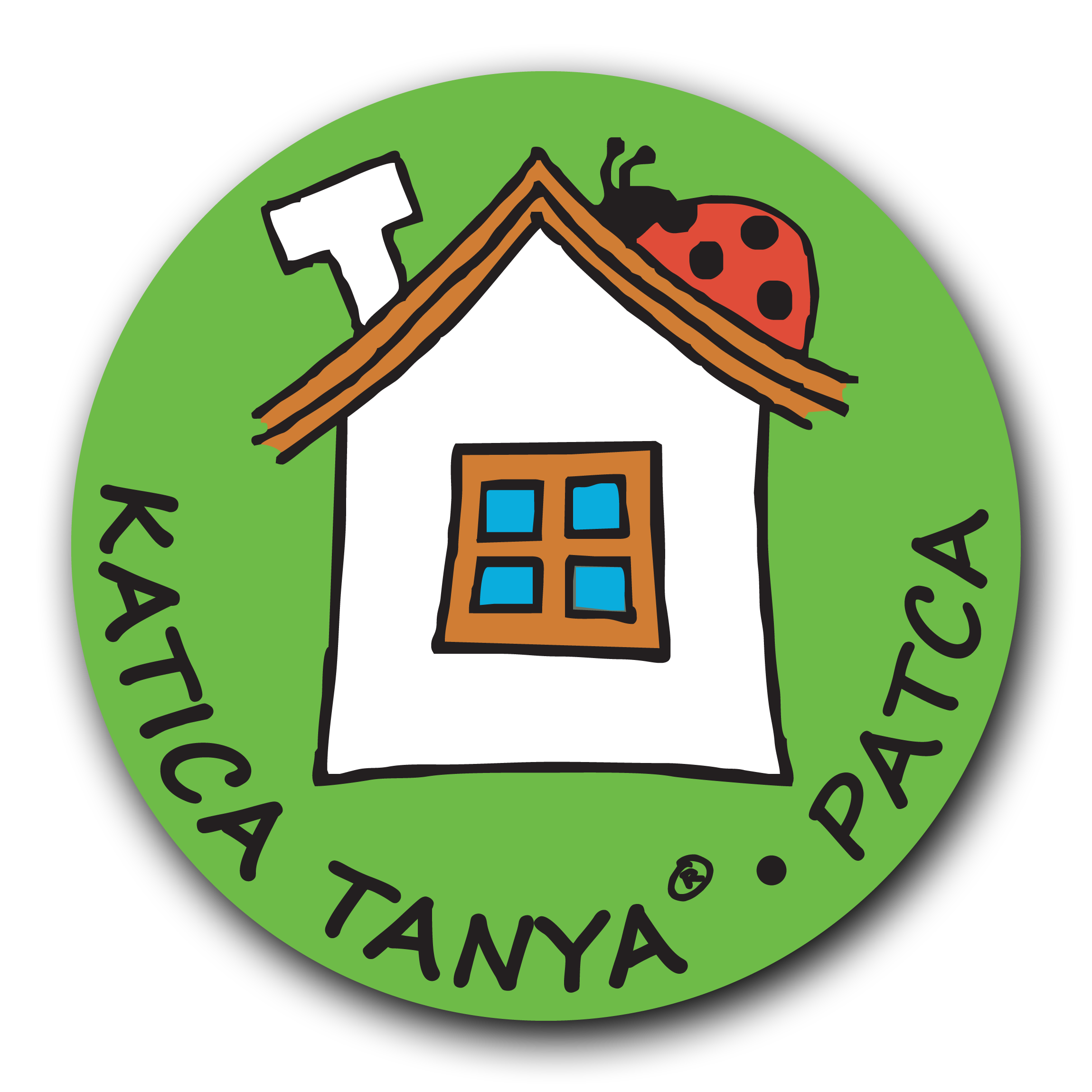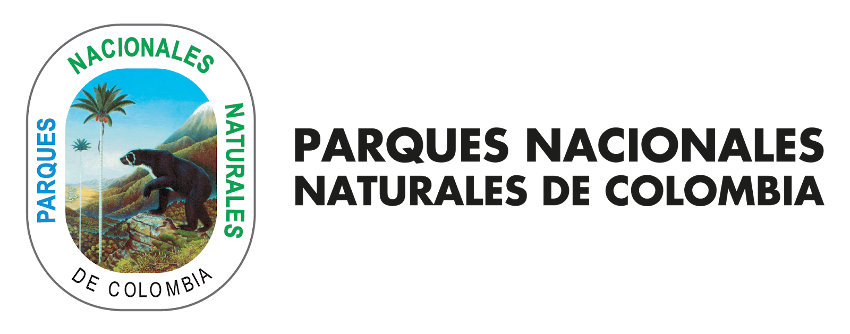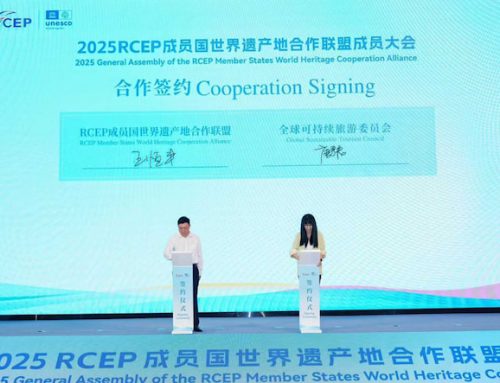The Global Sustainable Tourism Council (GSTC) launched the GSTC Attraction Standard in November 2024. GSTC designed the Early Adopter Program to facilitate the practical implementation of the GSTC Attraction Standard. The two-year program focuses on exploring mechanisms and resources for implementing the standard, rather than showcasing results. Its goal is to share best practices and support industry players in applying the standard.
The organizations that have been selected to participate in the program which started on June 10, 2025 are:
 Skyline Luge Singapore is a visitor attraction offering an exciting gravity-fueled Luge experience in Sentosa Island. Skyline Luge was invented in 1985 in Rotorua, New Zealand. The accessible and thrilling ride quickly became a local icon, and a popular ‘thing to do’ for families in New Zealand. Singapore was the first Luge site in Southeast Asia, and today, nearly 100 million rides have been enjoyed worldwide by people of all ages and abilities.
Skyline Luge Singapore is a visitor attraction offering an exciting gravity-fueled Luge experience in Sentosa Island. Skyline Luge was invented in 1985 in Rotorua, New Zealand. The accessible and thrilling ride quickly became a local icon, and a popular ‘thing to do’ for families in New Zealand. Singapore was the first Luge site in Southeast Asia, and today, nearly 100 million rides have been enjoyed worldwide by people of all ages and abilities.
As part of Skyline’s global family, we’re proud to contribute to a vision where adventure and environmental responsibility go hand in hand. We are committed to operating a value-driven, responsible business to ensure that we, and the communities we operate in, continue to be successful and sustainable for generations to come. We continuously strive to operate with a light footprint on the land while caring for our people and communities and delivering memorable experiences to our guests.
 Ladybird Farm Activity Center was established in 2002 as a family-run business. Over the past two decades, the center has continuously developed its services, guided by a core principle of innovation and improvement.
Ladybird Farm Activity Center was established in 2002 as a family-run business. Over the past two decades, the center has continuously developed its services, guided by a core principle of innovation and improvement.
Its mission is to reconnect an increasingly urbanized society with nature, encouraging visitors to touch the grass, breathe fresh air, learn the difference between animals such as ducks and geese or goats and sheep, and explore dozens of practical, real-life experiences. The center aims to provide joyful and meaningful experiences for the entire family through more than 100 attractions. All services are designed to minimize the use of physical materials and to operate in harmony with the environment.
At Ladybird Farm, profit is not the sole objective. Financial success is complemented by measurable initiatives aimed at reducing the environmental impact of operations. The organization is committed to continuously challenging its daily practices and seeking new, sustainable methods that further lessen its ecological footprint. In the ESG (Environmental, Social, and Governance) section, the center introduces three additional metrics to evaluate both its use of environmental resources and the extent of its environmental impact.
 Aktopraklık Archaeological Park was established by the Bursa Metropolitan Municipality to preserve, promote and transfer the past to the future with animations and practical prehistoric activities based on the data obtained from archaeological excavations about the city’s lifestyle of 8500 years ago. The Archaeological Park was designed to appeal to three target groups: students from kindergarten to university age group, day visitors and experts working in archaeology or related fields.. For activities targeting experts and students from archaeology and related fields, the area includes three village reenactments reflecting different types of settlement from prehistory to the Ottoman Period, indoor and outdoor spaces where educational workshops are held and social facilities.
Aktopraklık Archaeological Park was established by the Bursa Metropolitan Municipality to preserve, promote and transfer the past to the future with animations and practical prehistoric activities based on the data obtained from archaeological excavations about the city’s lifestyle of 8500 years ago. The Archaeological Park was designed to appeal to three target groups: students from kindergarten to university age group, day visitors and experts working in archaeology or related fields.. For activities targeting experts and students from archaeology and related fields, the area includes three village reenactments reflecting different types of settlement from prehistory to the Ottoman Period, indoor and outdoor spaces where educational workshops are held and social facilities.
A small oak grove within the site was arranged for experimental studies and open–air classrooms were created to be used in workshops and experimental studies, enabling the entire area to function as an Archaeological School. The narrative of the site emphasizes the importance given to the agricultural past and traditional production methods of the region, and this emphasized continuity will soon be completed by a reproduction of a Late Byzantine Period Olive Oil Press, which will actually be used to produce olive oil from the site’s olive trees under the roof of the cooperative which will be established in collaboration with the local villagers.
 Timanfaya National Park, located in the southwest of Lanzarote, protects about 51 km² of entirely volcanic terrain shaped by the historic eruptions of 1730–1736 and 1824, which covered the area with lava flows, craters, and volcanic tubes that give it an almost lunar appearance. Geothermal activity still persists in the Fire Mountains, the ground exceeds 100 °C just a few centimetres below the surface, allowing spectacular steam demonstrations and providing the heat for the volcanic‐stone grill at El Diablo restaurant, designed by César Manrique.
Timanfaya National Park, located in the southwest of Lanzarote, protects about 51 km² of entirely volcanic terrain shaped by the historic eruptions of 1730–1736 and 1824, which covered the area with lava flows, craters, and volcanic tubes that give it an almost lunar appearance. Geothermal activity still persists in the Fire Mountains, the ground exceeds 100 °C just a few centimetres below the surface, allowing spectacular steam demonstrations and providing the heat for the volcanic‐stone grill at El Diablo restaurant, designed by César Manrique.
The park can be explored via the Volcano Route (by coach), authorised walking trails, and traditional dromedary rides, offering visitors an immersive experience in an extreme ecosystem where flora and fauna have adapted to water scarcity and the mineral-rich substrate. Declared a national park in 1974 and set within the Lanzarote Biosphere Reserve, Timanfaya is a valuable natural laboratory for studying recent volcanic processes and a landscape and cultural emblem of the Canary archipelago.
 Paineiras Corcovado is a concessionaire of the Tijuca National Park that operates road transport services to access the Christ the Redeemer monument. The company is also responsible for operating the Paineiras Visitor Centre, where it offers food and beverage services, souvenir sales, educational exhibitions and a complete infrastructure for visiting the Park.
Paineiras Corcovado is a concessionaire of the Tijuca National Park that operates road transport services to access the Christ the Redeemer monument. The company is also responsible for operating the Paineiras Visitor Centre, where it offers food and beverage services, souvenir sales, educational exhibitions and a complete infrastructure for visiting the Park.
The Tijuca National Park is one of the oldest Conservation Units in Brazil and is located in the city of Rio de Janeiro. The area underwent a major reforestation project in the 19th century to restore the springs that fed the city. It is currently the Brazilian Conservation Unit that receives the most visitors. The park is managed by the Chico Mendes Institute for Biodiversity Conservation, linked to the Ministry of the Environment, and road access to the Christ the Redeemer monument has been concessioned to Paineiras Corcovado.
 Parques Nacionales Naturales de Colombia is a national entity attached to the Ministry of Environment. It is responsible for the administration and handling of the Natural National Parks System and coordinating the National Protected Areas System; its objective is to conserve the biological and cultural diversity of the country.
Parques Nacionales Naturales de Colombia is a national entity attached to the Ministry of Environment. It is responsible for the administration and handling of the Natural National Parks System and coordinating the National Protected Areas System; its objective is to conserve the biological and cultural diversity of the country.
Throughout the GSTC Attraction Criteria Early Adopter Program, several activities are planned to advance sustainable practices within the attraction sector:
- Adopting the GSTC Attraction Criteria: Participants will be guided to steer Attraction businesses toward sustainable practices.
- Training for Awareness: Both public and private sector stakeholders will receive comprehensive training to raise awareness and deepen their understanding of the criteria.
- Developing a Roadmap: A detailed, step-by-step roadmap will be created to facilitate the application of the criteria within their various Attraction operations.
- Creating Pathways Toward Sustainability: Efforts will focus on identifying opportunities and addressing challenges, paving the way for a more sustainable future in the Attraction industry.
Through these efforts, the program aims to foster a collaborative environment where knowledge and best practices are shared, driving significant progress toward a more sustainable future for the Attraction industry.
The GSTC Standards serve as the global standards for sustainability in travel and tourism, and are used for education and awareness-raising, policy-making for businesses and government agencies and other organization types, measurement and evaluation, and as a basis for certification. They are the result of a worldwide effort to develop a common language about sustainability in tourism. They are arranged in four pillars: (A) Sustainable management; (B) Socioeconomic impacts; (C) Cultural impacts; (D) Environmental impacts.
The GSTC Standards indicate what should be done, not how to do it or whether the goal has been achieved. This role is fulfilled by performance indicators, associated educational materials, and access to tools for implementation, all of which are an indispensable complement to the GSTC Standards.
More information about GSTC’s Early Adopters Program can be found here.
[Note: Participation in the GSTC Attraction Criteria Early Adopter Program does not imply or guarantee to be a mark of assurance, such as certification.]



